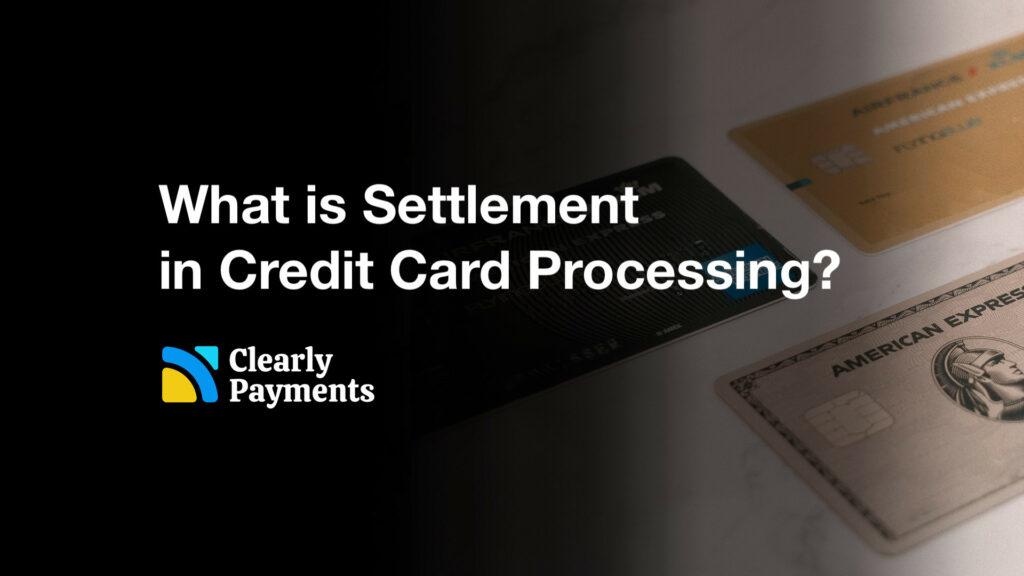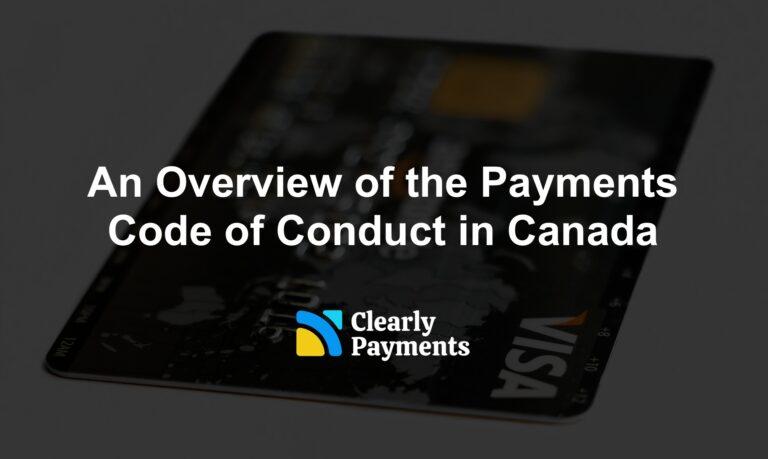Settlement in credit card processing refers to the final stage of a credit card transaction where funds are transferred from the cardholder’s account to the merchant’s account. It involves the reconciliation, verification, and transfer of funds to complete the transaction.
Overview of the credit card settlement process
The settlement process in credit card processing refers to the series of steps involved in transferring funds from the cardholder’s account to the merchant’s account, finalizing a credit card transaction. Here is an overview of the settlement process in credit card processing:
Authorization: The first step in the settlement process is the authorization of the credit card transaction. When a customer makes a purchase using a credit card, the merchant sends the transaction details, including the card information and purchase amount, to the acquiring bank for authorization. The authorization process verifies the card’s validity, checks for available credit, and ensures the transaction is not flagged for potential fraud.
Clearing and Batch Processing: Once the transaction is authorized, the merchant accumulates a batch of authorized transactions throughout the day. At the end of the business day or at a predetermined interval, the merchant submits the batch of authorized transactions to the acquiring bank for clearing. The clearing process involves verifying the transaction details, checking for any discrepancies or errors, and preparing the transactions for settlement.
Reconciliation: After the batch of transactions has been cleared, reconciliation takes place. This step involves matching and reconciling the transaction details between the merchant’s records and the acquiring bank’s records. Reconciliation ensures that the transaction amounts, fees and other relevant details align between the different systems involved.
Settlement Instruction: Once reconciliation is complete, the settlement instruction is generated. The settlement instruction specifies the total amount to be transferred from the cardholder’s issuing bank to the merchant’s account. This instruction is typically initiated by the acquiring bank or payment processor.
Fund Transfer: The actual transfer of funds occurs based on the settlement instruction. The cardholder’s issuing bank debits the cardholder’s account for the transaction amount, and the acquiring bank credits the merchant’s account with the corresponding funds. This transfer of funds typically occurs within a predetermined settlement timeframe. We talk more below about the time for funds to transfer.
Reporting and Settlement Summary: Following the fund transfer, settlement reports or summaries are generated to provide a detailed overview of the settlement activity. These reports include information such as transaction references, settlement amounts, fees, and other relevant details. The reports serve as documentation and reconciliation tools for both the merchant and the acquiring bank or payment processor.
The settlement process may involve additional steps and specific requirements depending on the payment network, card brand, and the specific arrangements between the merchant, acquiring bank, and payment processor.
How long does settlement take in credit card processing?
Settlement timeframes in credit card processing vary depending on various factors. The specific timeframe for settlement is typically agreed upon between the merchant and the payment processor and is usually outlined in the merchant agreement. Generally, settlement periods range from one to three business days.
Merchants often utilize batch processing, where authorized transactions are accumulated throughout the day and submitted as a batch for settlement. The settlement timeframe is based on the batch processing schedule, such as a daily batch settlement that occurs at the end of the business day. Sometimes certain payment processors, like TCM, give you the functionality to customize the batch time.
Weekends and public holidays can affect settlement durations. Transactions authorized on non-business days may experience a delay in settlement, with the settlement occurring on the next business day.
The time of day the transaction is authorized can also impact the settlement timeframe. Transactions authorized later in the day may roll over to the next settlement period, resulting in a slightly longer settlement duration.
Settlement time comparison for processors
Settlement times vary widely among different payment processors. Some processors can complete settlement within the same day and some take a week or more.
If some transactions are flagged as high-risk or with potential fraud, it normally adds at least one business day for the processor to analyze.
Here’s are a few examples of the settlement times for popular payment processors:
Stripe: Stripe is a widely used payment processor and offers different settlement options. For most businesses, the default settlement time is two business days. However, Stripe also has sometimes taken a week or more for settlement.
PayPal: PayPal provides various settlement options based on the merchant’s preferences and account type. The standard settlement time for PayPal is typically within three business days. However, as with many aggregators, it can sometimes take much longer..
TCM: TCM typically offers same-day or next-day settlements for most merchants. This means that funds from credit card transactions processed through TCM are usually deposited into the merchant’s bank account within a day.




